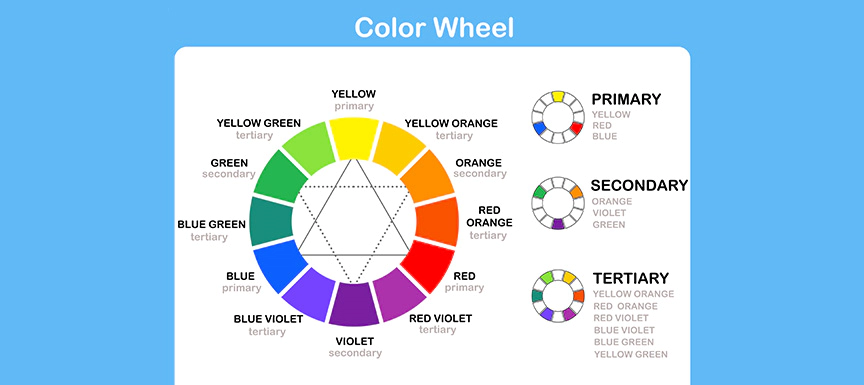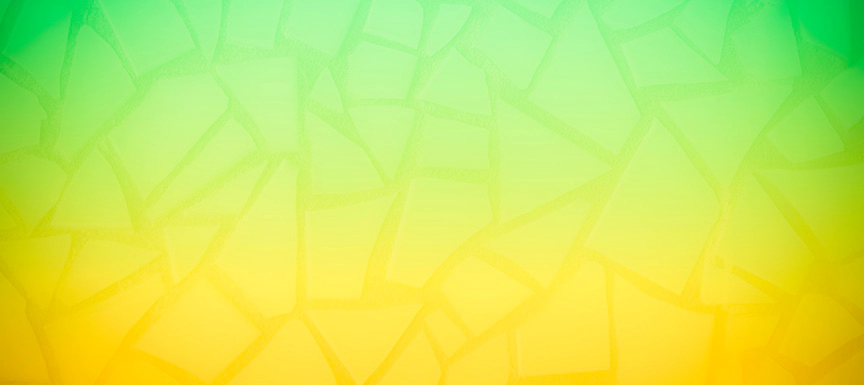
Triadic Colour Scheme: What Is It And How Is It Used?

Create Your Dream Home With Our Painting Experts
Fill the form below to book a free site evaluation by Nerolac Nxtgen painting Services expert
With three contrasting colours picked from different sides of the colour wheel, triadic colours are vibrant and evocative. While monochrome seems to be the latest trend in home design, it cannot be pitted against the power of triadic colours. These colours when combined rightly, create a harmonious balance in homes.
In this blog, we navigate through the meaning of Triadic Colour Schemes, its uses, triadic colour examples and more.
What are Triadic Colours?
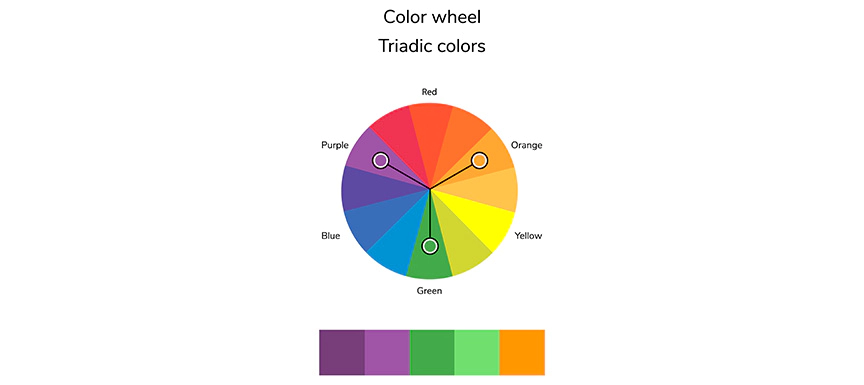
Triadic colours are picked from the colour wheel, where all three colours are equally spaced around the wheel, contrasting each other. The most common example of a successful triadic colour scheme is the primary colour trio - red, blue and yellow and the secondary trio - orange, purple and green. Most designers aim to achieve triadic colour harmony, which is a balance of all triadic colours where one colour dominates the background and the other two are used as accents and highlights.
Triadic colours are not as jarring and bold as complementary colours and they’re not as calming and dull as analogous colour schemes. Triadic colours are a union of three different sides of the wheel coming together to create wonders.
Perfect Examples of Triadic Colour Schemes or Colour Combinations
How to Choose a Triadic Colour Scheme for Your Stylish Home?
A triadic colour scheme is bold, striking and thrives on contrast so it may be a little too dramatic for most people’s taste. However, apart from the common triadic colour schemes, you can go ahead and choose subdued and saturated shades to maintain the colour family and tone down the drama. To choose the right triadic colour scheme, it is important to understand the colour wheel, primary and secondary colours, and tertiary colours as alternatives. Whether you’re a homeowner or a designer, if you get the triadic mantra right and follow the rules, you are on the road to success.
Pro-tip: If you have only a single colour in mind and need two other shades, just draw a triangle with the single shade on the colour wheel to create a triadic colour scheme.
A helpful guide to choosing the right Triadic Colour Scheme
How to Use Triadic Colour Schemes?
The triadic colour scheme is vibrant and powerful in its might. So, you must carefully and thoughtfully choose your triad, keeping in mind the colour wheel. Selecting three colours that are equally distanced is easy, but making sure they’re in the right tones and not too loud is what is complicated.
The most common triad is red, blue and yellow. Although this is a vibrant and loud choice, you can use subdued and saturated secondary or tertiary triads. The best combination is to have one dominant colour and two accent colours to create harmony.
Did you know? Vincent Van Gogh’s ‘Starry Night’ captures the triadic colour scheme of blue, yellow and red.
Nerolac Paints, a leading paint company in India offers a wide range of wall paint colours & painting services & solutions for homes & offices.

Colour Combination for Walls: 10 Beautiful House Colour Combination Ideas
A Guide To Trending Colour Combinations For Walls With Images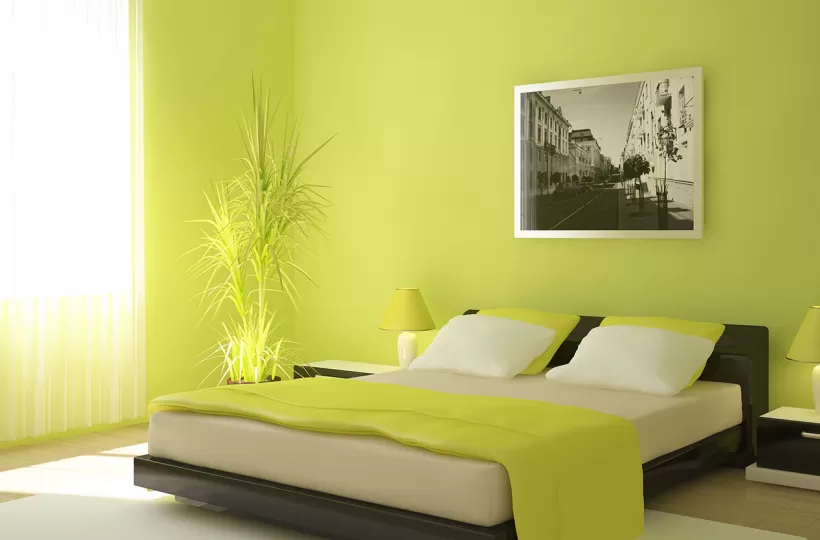
12 Stylish Green Colour Combinations and Photos
Green Colour Combinations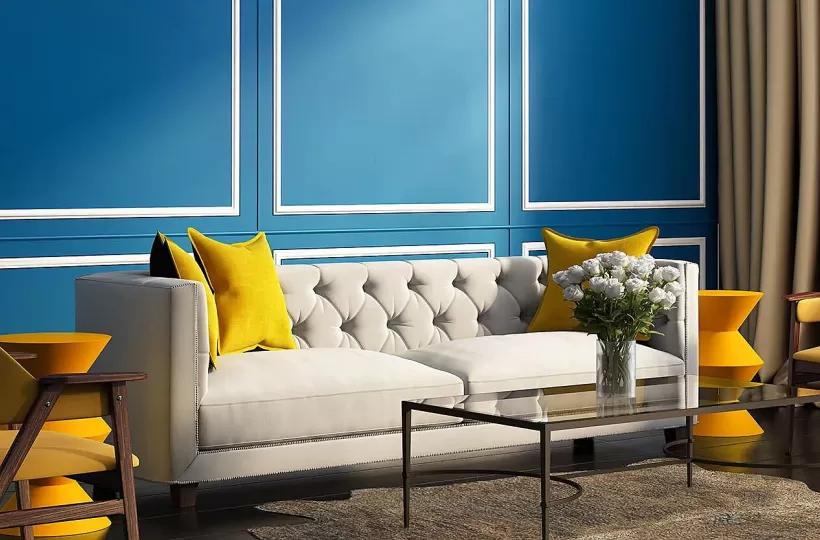
What Colours Match with Blue? 14 Colour Combinations with Blue for Your Home
Blue is a universally popular colour for décor and design
Get in Touch
Looking for something else? Drop your query and we will contact you.
Get in Touch
Looking for something else? Drop your query and we will contact you.
Popular Searches
Get in Touch
Looking for something else? Drop your query and we will contact you.



